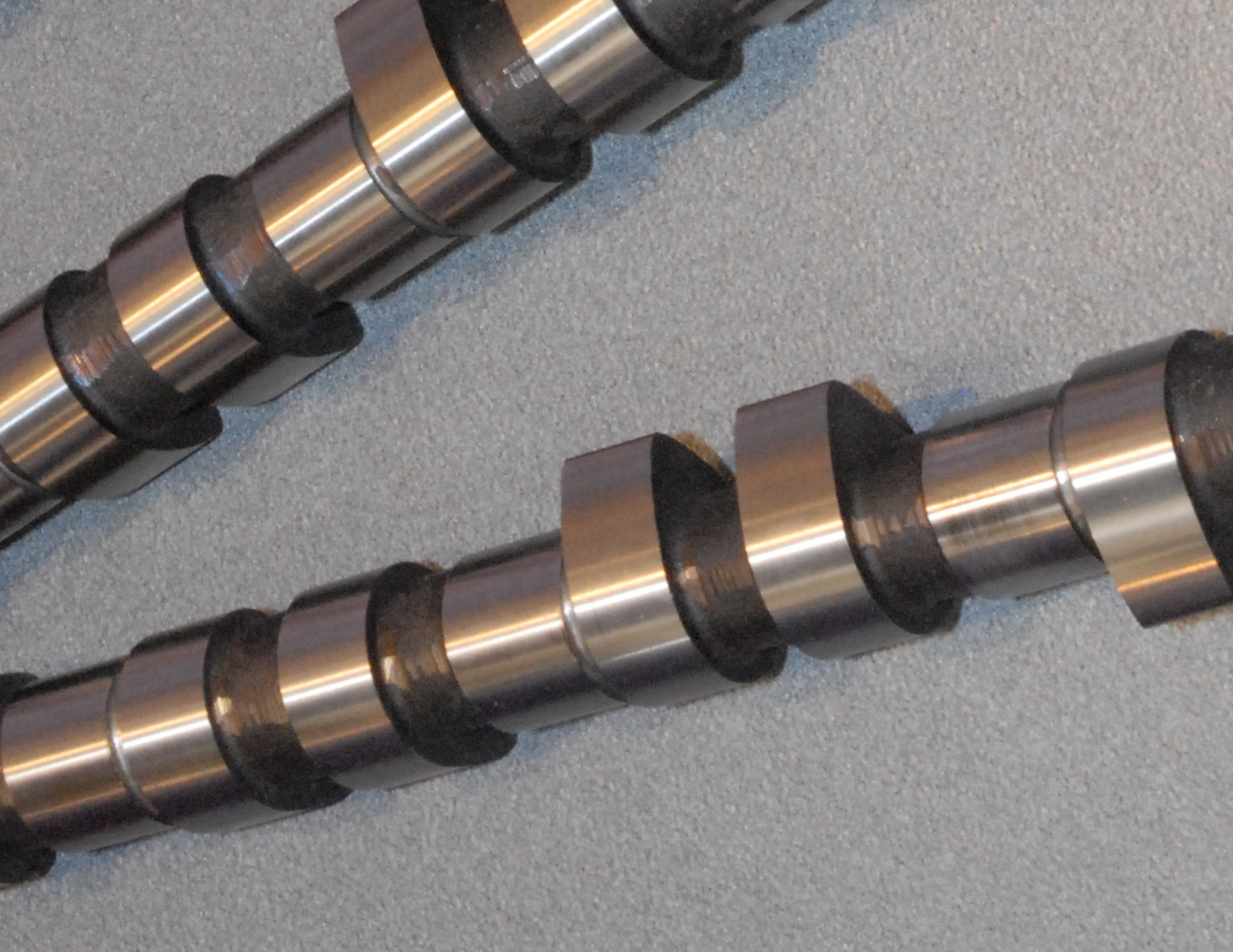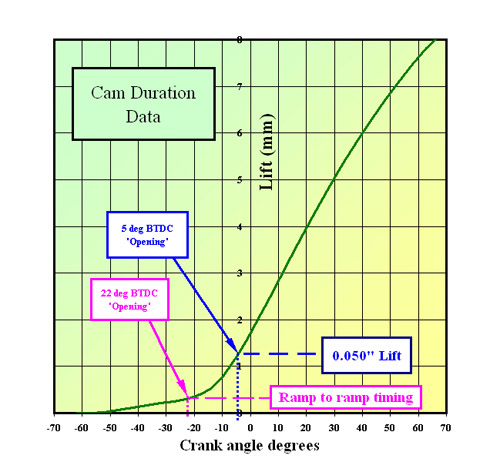Timing is everything
 It is perhaps not widely appreciated that the stand-up comic and a camshaft have much in common. Both rely on split second delivery: the punch line in the case of the former while the latter ensures that the engine valves are opened and closed to a predetermined plan. If the punch line is too early or too late an audience who might otherwise be rolling around in the isles could be on the point of getting up and walking out.A similar metaphorical disaster could be awaiting the engine. Opening or closing the valves too late or too early could at best lead to a loss in engine performance or at worst, a catastrophic event with a valve passing through a piston.
It is perhaps not widely appreciated that the stand-up comic and a camshaft have much in common. Both rely on split second delivery: the punch line in the case of the former while the latter ensures that the engine valves are opened and closed to a predetermined plan. If the punch line is too early or too late an audience who might otherwise be rolling around in the isles could be on the point of getting up and walking out.A similar metaphorical disaster could be awaiting the engine. Opening or closing the valves too late or too early could at best lead to a loss in engine performance or at worst, a catastrophic event with a valve passing through a piston.
These similarities continue and while we all have our favourite comedian, to compare them would, I am sure you will agree, be extremely difficult; the lack of suitable objective measurement perhaps being the first of the problems. Strangely enough though the same too could apply to camshafts. It is perhaps not the lack of data when comparing cams but the lack of comparative data, which is often the issue.Recently I had reason to compare a number of different camshafts. To do this task properly would naturally entail contacting all the various cam suppliers and request the details of their grind; principally lift above base circle at, say, 2 degree intervals. But as ever I doubt if manufacturers would want to give that information anyway, it’s late at night and I need the information more or less straight away. All I can find from the various sources is the published lift and the advertised duration. If I’m lucky the documentation might refer to the height above the base circle at which the duration is measured but more often than not, vital information such as this is left for me to guess.Now I know that when I actually come to purchase the cam, it will more than likely have been machined on a state-of-the-art Landis 3L grinding machine with a profile accuracy of 60 microns or so to an angular accuracy of 0.020 degrees but at this time of the night all that seems irrelevant when I would be happy with some comparative data to within a couple of degrees that I could rely on. When the information has been volunteered, quoted durations of ‘ramp-to-ramp’, from ‘lash to lash’, or at 1 mm from base circle have all been seen recently but since little or no significant flow takes place until at least 1 mm lift this would seem to be at least an ‘honest’ place to start.

From what I can see in the US, things seem to be slightly more organised where 0.050 inches from the base circle (1.27 mm) would seem more widely accepted and therefore comparisons perhaps more easily made. At this height the tappet will most definitely be on the opening or closing flank and therefore small changes will have a significant effect. The cam manufacturers totally understand the frustration when a 236 degree (at 0.050”) duration cam expands to 270 plus at ‘Ramp-to-Ramp’. But so long as Jo Public insists on ‘long’ duration cams that are still drivable on the public road, then little here is likely to change.In the mean time as our comics might agree, the laugh most definitely is on us.